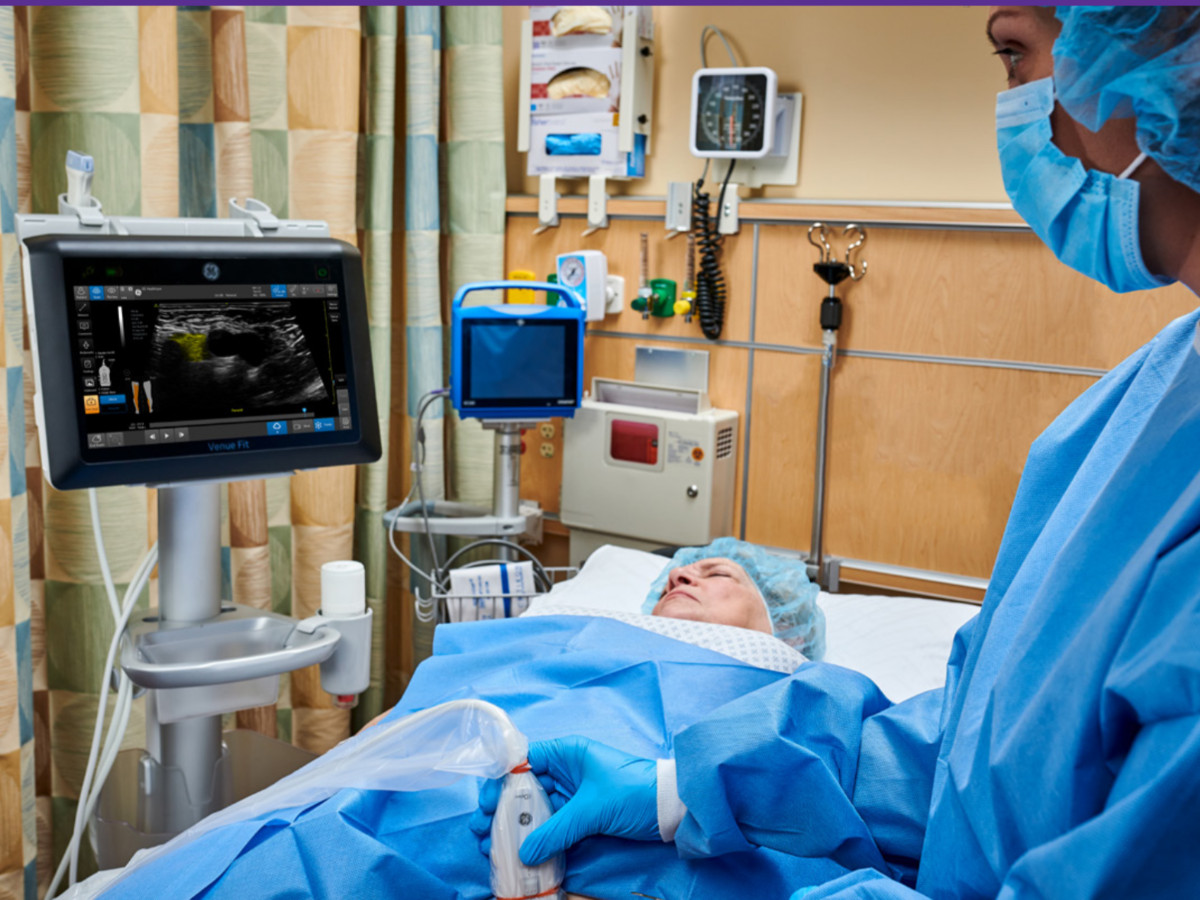Anesthesia’s role in Enhanced Recovery After Surgery (ERAS) has grown in importance over the past few decades.1 Drivers include better clinical outcomes such as shorter hospitalizations, rapid recovery, decreased complication rates, and lower postoperative pain.2 The latter has gained increased focus recently due to the expansion of the opioid epidemic.3 This paper will provide a brief evolution of anesthetic techniques, from the early techniques through the addition of point-of-care ultrasound to guide regional anesthesia (UGRA). We will focus on the recent introduction of the cNerve tool to the Venue™ Family. This AI-based tool has been developed to aid clinicians in the identification of nerve anatomy and increase confidence in their clinical anesthesia practice. We will briefly describe the underlying technology and provide a summary of a retrospective usability trial conducted on the technology.
Read the whitepaper here.
Resources:
1. Ljungqvist, O., Scott, M., & Fearon, K. C. (2017). Enhanced recovery after surgery: a review. JAMA surgery, 152(3), 292-298.
2. Nelson, G., Kiyang, L. N., Crumley, E. T., Chuck, A., Nguyen, T., Faris, P., ... & Gramlich, L. M. (2016). Implementation of Enhanced Recovery After Surgery (ERAS) across a provincial healthcare system: the ERAS Alberta colorectal surgery experience. World journal of surgery, 40(5), 1092-1103.
3. Larach, D. B., Hah, J. M., & Brummett, C. M. (2022). Perioperative Opioids, the Opioid Crisis, and the Anesthesiologist. Anesthesiology, 136(4), 594-608.

